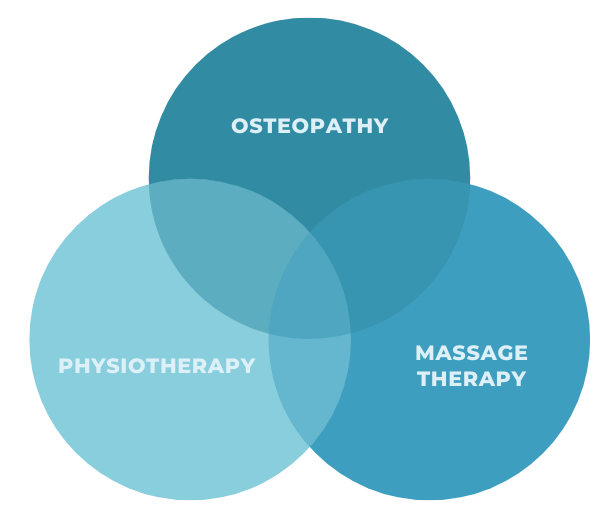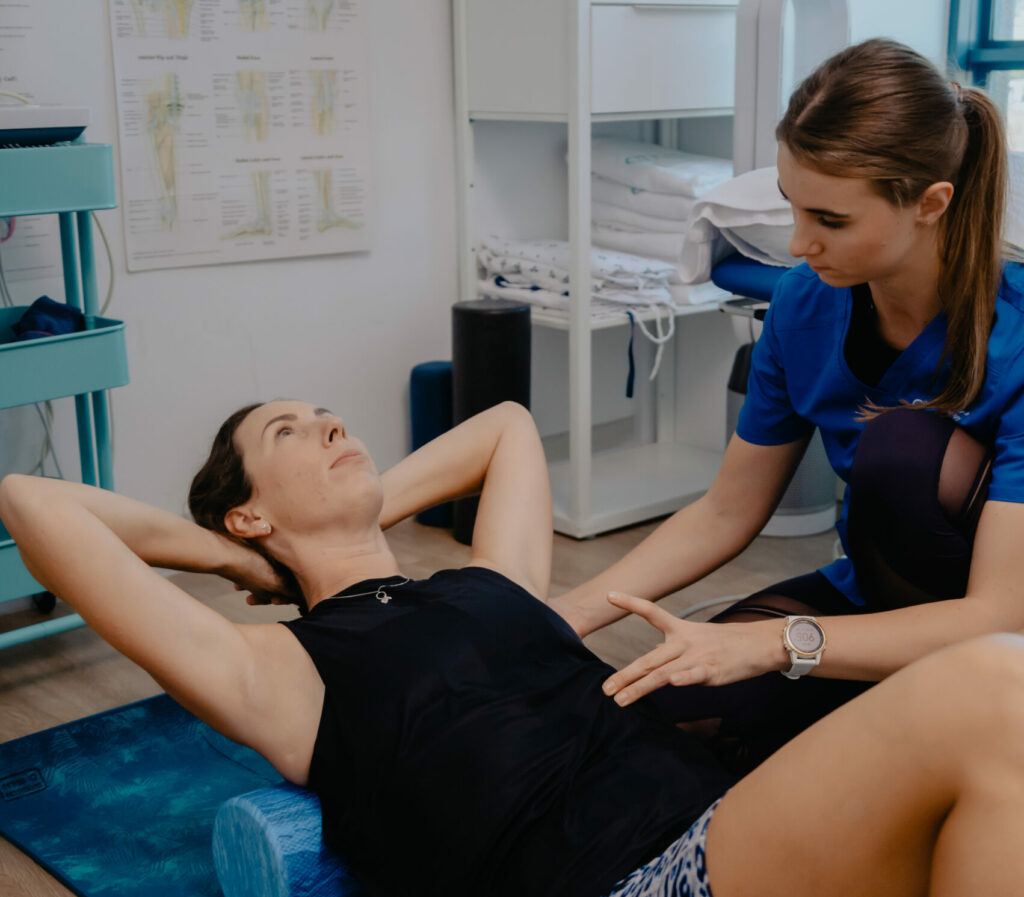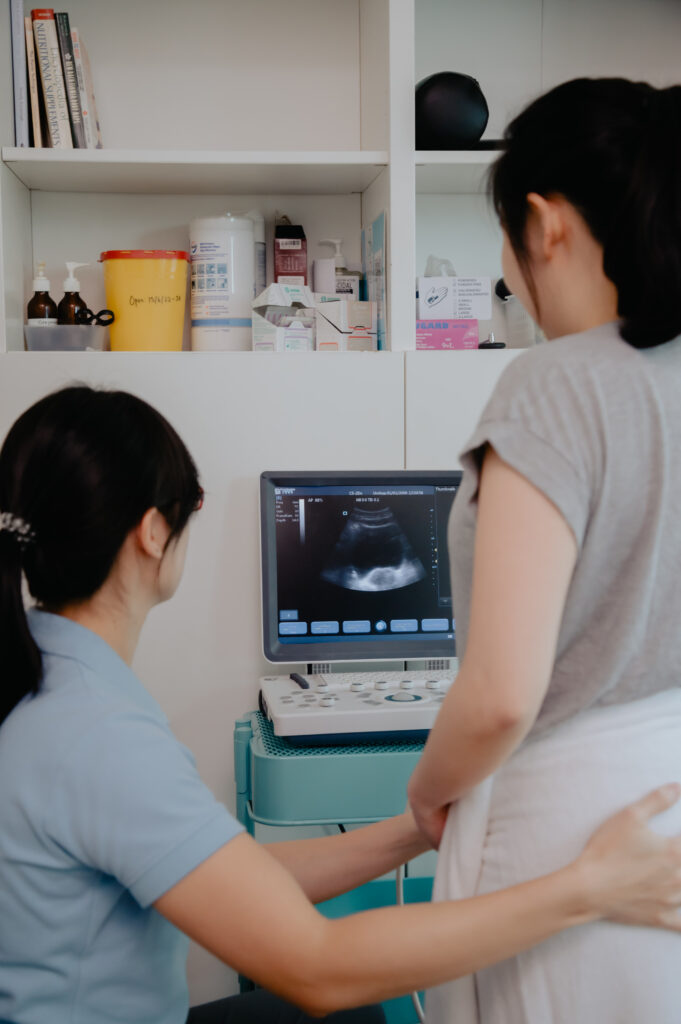Nasal congestion caused by excessive mucus can make breathing difficult for babies. Clearing the mucus from their nose is essential to provide them with relief and ensure proper airflow. Here are a few techniques that can be employed to clear baby mucus effectively:
- Saline Drops or Sprays: Saline drops or sprays are commonly used to loosen and moisturise the mucus, making it easier to remove. These solutions are usually made of sterile saltwater and can be purchased over-the-counter at pharmacies. Administer a few drops or sprays into each nostril, and then gently wipe away the mucus using a clean, soft tissue or a nasal aspirator. Saline drops are safe to use even for newborns and can be repeated as needed to help alleviate nasal congestion.
- Nasal Aspiration: Nasal aspiration involves using a bulb syringe or a nasal aspirator to suction out the mucus from the baby’s nose. To perform nasal aspiration, squeeze the bulb syringe or nasal aspirator, insert the tip gently into the nostril, and release the squeeze to draw out the mucus. It is important to ensure that the tip of the syringe or aspirator is inserted gently and not too deeply into the nose to avoid any discomfort or injury. Remember to clean and sterilise the bulb syringe or nasal aspirator after each use to maintain hygiene.
- Nasal Irrigation: Nasal irrigation can be beneficial for older babies who can tolerate it. It involves using a specially designed nasal rinse kit or a neti pot filled with a saline solution to flush out the mucus from the nasal passages. Carefully follow the instructions provided with the kit or consult a healthcare professional to ensure proper technique and safety.
- Nasal Massage: Massaging the baby’s nasal area can help stimulate blood flow, reduce congestion, and facilitate mucus drainage. Wash your hands thoroughly and use your fingertips to apply gentle, circular motions on the sides of the baby’s nose. This massage technique can be performed several times a day to provide comfort and help relieve nasal congestion.
Please Consult a Paediatric Physiotherapist
While these techniques can be helpful in clearing baby mucus in the nose, it is important to note that every baby is unique, and what works for one may not work for another. It is also crucial to approach mucus clearing with care and gentleness to avoid causing any discomfort or harm to the delicate nasal tissues. If you have concerns or are unsure about the proper techniques to clear your baby’s mucus, please consult a healthcare professional or a paediatric physiotherapist for guidance tailored to your baby’s specific needs.
A paediatric physiotherapist will assess your baby’s respiratory condition, identify any underlying causes or risk factors contributing to increased secretion, and develop a comprehensive treatment plan. They have in-depth knowledge of various techniques, such as chest percussion, postural drainage, breathing exercises, and coughing techniques, which can greatly aid in managing baby cough and phlegm effectively.
Moreover, a paediatric physiotherapist can educate and empower parents on how to perform the techniques correctly, ensuring the safety and well-being of the baby. They can also monitor the progress of your baby’s respiratory health and make necessary adjustments to the treatment plan as needed.
Remember, the respiratory health of your baby is a delicate matter, and seeking professional guidance is crucial to ensure the best possible care. Please consult a paediatric physiotherapist if you have any concerns regarding your baby’s increased secretion, baby phlegm, or baby cough. They are the experts who can provide you with the right support and advice for your baby’s specific needs.













